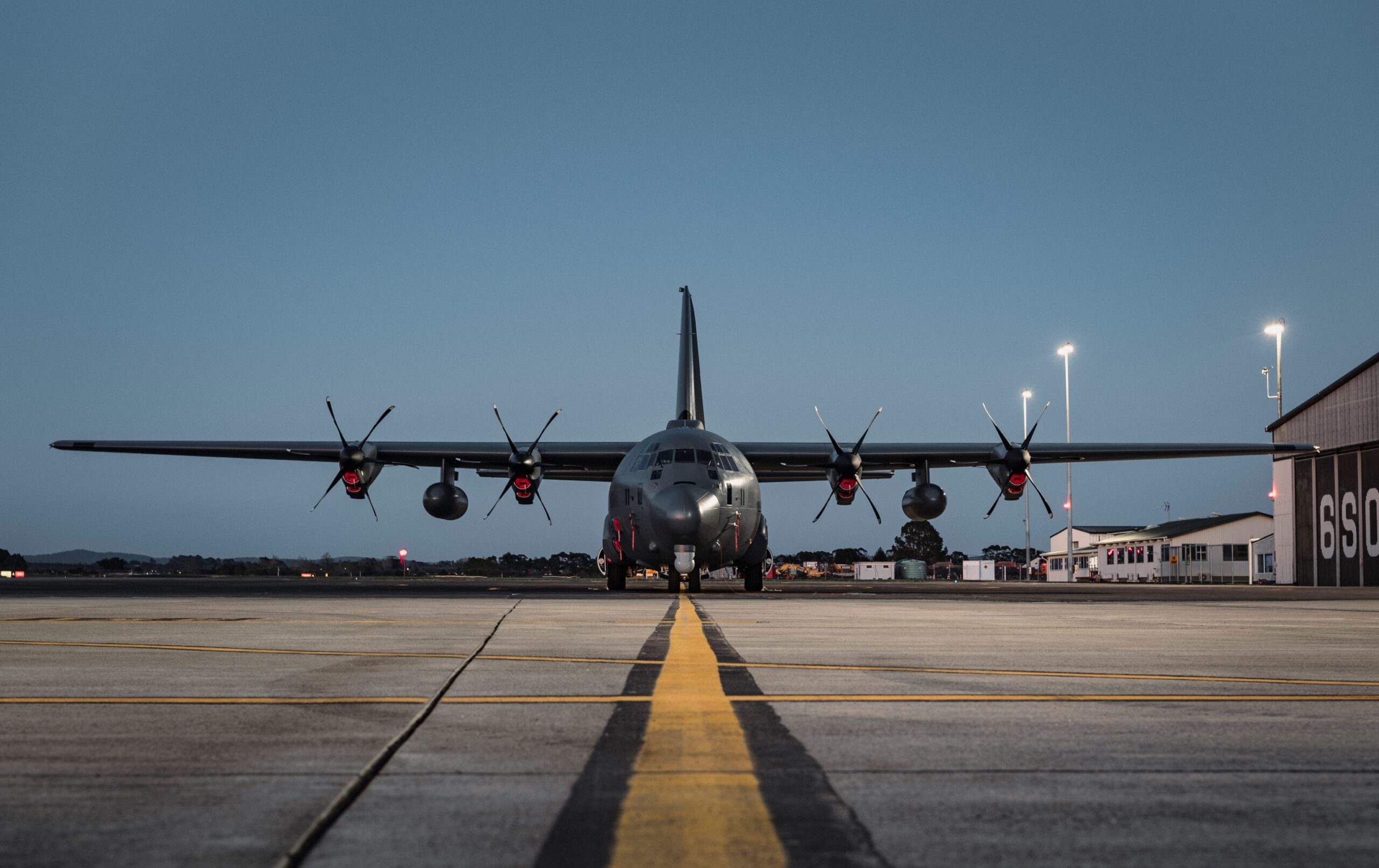NEW ZEALAND WATCH
The flight was called by the US National Science Foundation who had three staff at the McMurdo Station in need of more medical care than they could provide.
The NZ Defence Force (NZDF) says one person needs urgent care and two others in need of medical attention were also taken.
The 19.5-hour evacuation was held during perpetual night and required the aircraft to keep its engines running as it was refuelled, the NZ military says.
RNZAF Air Component Commander Air Commodore Andy Scott says the extreme cold, changeable weather conditions and landing in the perpetual dark makes mid-winter flights to Antarctica one of the most challenging duties for RNZAF.
“The crew can only attempt the flight after detailed analysis of the weather and airfield state,” he says.
“The US Antarctic Program Winter Team must physically create the runway before we can depart by ensuring the ice is groomed and suitable for landing.”
Air Commodore Scott says pilots have to fly on night vision goggles due to the extreme weather conditions, which can change quickly at this time of year, making accurate forecasting a challenge.
“This, coupled with there being no airfields to divert to once the aircraft is past a certain point south, adds to the risk so these missions are not taken lightly,” he says.
The Hercules flew down from its base in Auckland to Christchurch on Sunday afternoon as the crew waited for a window in the weather so they could fly further south.
On Tuesday afternoon, the aircraft flew out with NZDF medical personnel, including a doctor, on board.
As the patients were loaded, on the ice, the aircraft’s engines were kept running during refuelling to keep them warm (known as “hot refuelling”).
“With the support of Antarctica New Zealand and US National Science Foundation staff, we were able to complete the flight. The patients are now getting the medical treatment they need in Christchurch,” Air Commodore Scott says.
Christchurch is home to Operation Deep Freeze, the main logistical support base for US operations in Antarctica.









